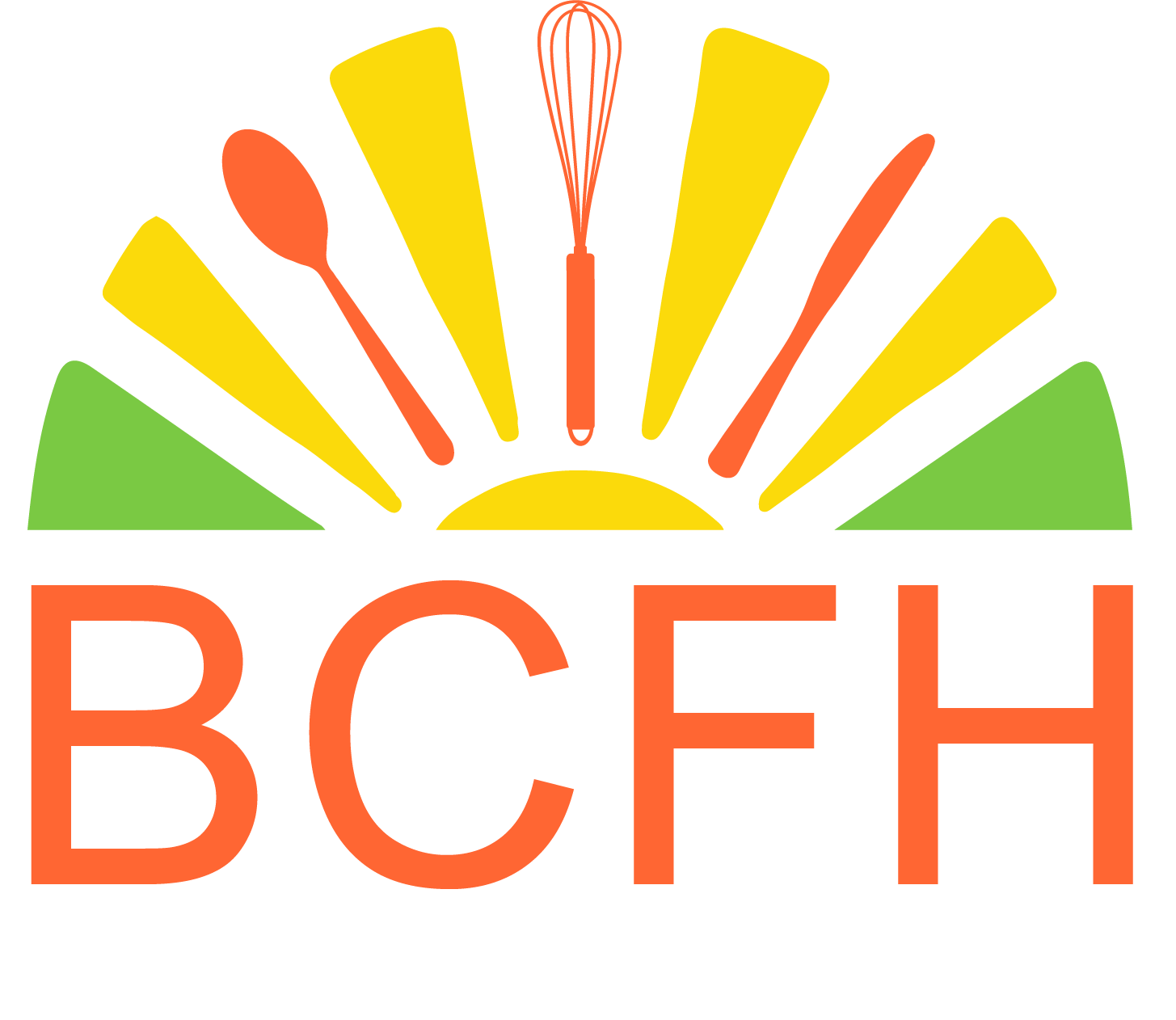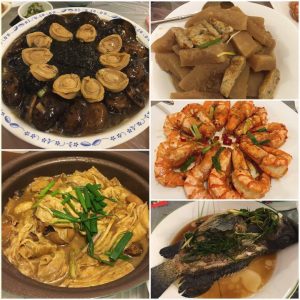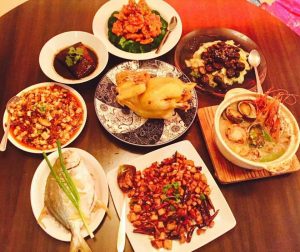The Lunar New Year started January 28 this year and extends for a couple of weeks. In British Columbia it is an opportunity to discuss several topics that are critically important to BC food history.
(How) can non-Asian people celebrate the Lunar New Year (often called Chinese New Year)? Can it only be properly celebrated by people who are ethnically or culturally Chinese? Taking over or adapting other people’s customs is termed cultural appropriation in the social sciences. It’s important to remember that culture is not static and the Lunar New Year, the first cycle of the moon on the first month of the year after the winter solstice, is celebrated by many other Asian peoples.
Another point to think about is how cultural appropriation may or may not be harmful. Some forms of cultural appropriation such as any depiction that shows racist or stereotypical stereotypes (“Blackface” comes to mind) are never, ever okay. An article in the Atlantic Monthly listed several ways that cultural appropriation is offensive: it also makes the following statement: “There are legitimate reasons to step carefully when dressing ourselves with the clothing, arts, artifacts, or ideas of other cultures. But please, let’s banish the idea that appropriating elements from one another’s cultures is in itself problematic.” Food is a prime example of how cultural appropriation benefits us all. It most commonly appears as “food fusion” – combining two or more elements from different cuisines. The world would be poorer without food fusion – for example, there would be no Tandoori Chicken Pizza! That would be a culinary shame.
In British Columbia, examples of cultural appropriation can often be found in non-First Nation uses of First Nations designs. An interesting quotation from Gloria Jean Frank, in a B.C. Studies article entitled “That’s my dinner on display” describes an incident in a First Peoples exhibit at the (now) Royal BC Museum in which she observes a student group being taught how to use Indigenous designs for food art. “Surprisingly, I am not resentful, for I realize that these people are not stealing ideas. They are innocently trying to bridge two cultures”.[1]
I have a close relative (thanks Gwen!) who collected photographs of foods prepared in turn by her friends and relatives to celebrate the Lunar New Year.
By examining these photos, it’s possible to see common characteristics that relate to deeply held values and beliefs about this important celebratory event.
Pot of Treasures and Wealth: The person who made this dish provided the following explanation: “Each ingredient has meaning: Chinese mushrooms, dried scallops, barbecue duck, barbecue pork, roasted pork, lettuce, fish balls, fish may, black vermicelli (fat choy), oyster mushrooms, pork hock, pork tongue, pork stomach, tendon. A lot of ingredients are chosen because their Mandarin (e.g.) names sound like the words that mean good fortune, good health, longevity and happiness.”
For these two photos, the first is from a LNY celebration in Hong Kong, and the second from a Canadian celebration. Many people who read this article will understand far more than I do; but the significant points for me are the whole fish, and the variety of tasty tidbits of food.
For anyone planning to celebrate LNY, some time spent on research can honour an event with considerable cultural meaning, not trivialize it.
References:
https://qz.com/611614/lunar-new-year-is-all-about-money-but-that-doesnt-mean-its-a-shallow-holiday/
[1] Frank, G.J. “’That’s my dinner on display’: A First Nations reflection on museum culture”, BC Studies, no. 125/126, Spring/Summer 2000, p. 178.




Leave A Comment